Ulica św. Marcin, Zamek Cesarski
St. Marcin, Imperial Castle
© Fotopolska.pl
POL
near Poznań
Fetching images...
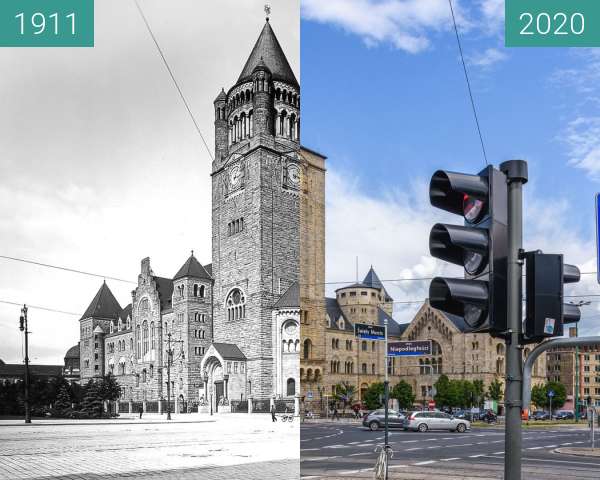
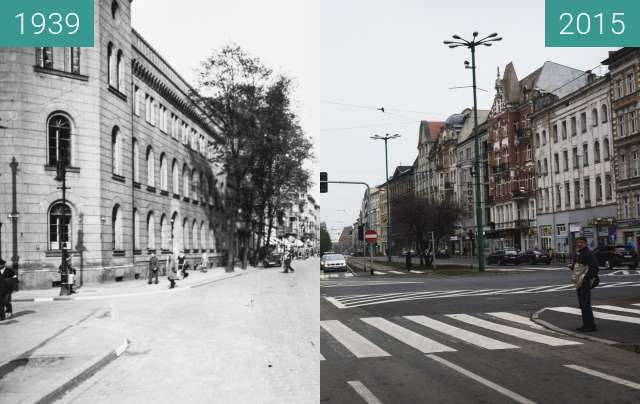
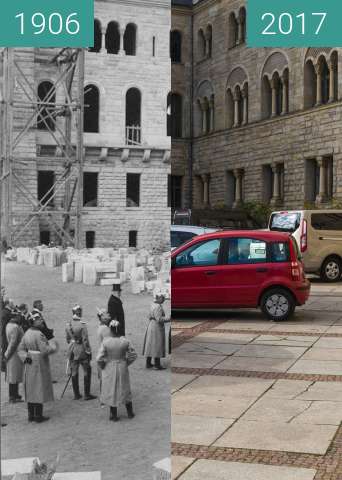
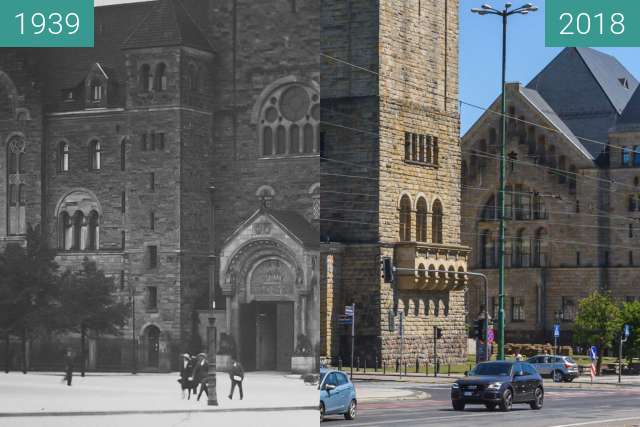
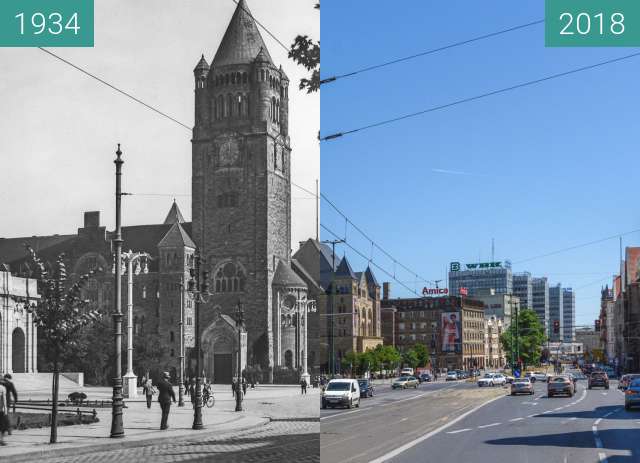

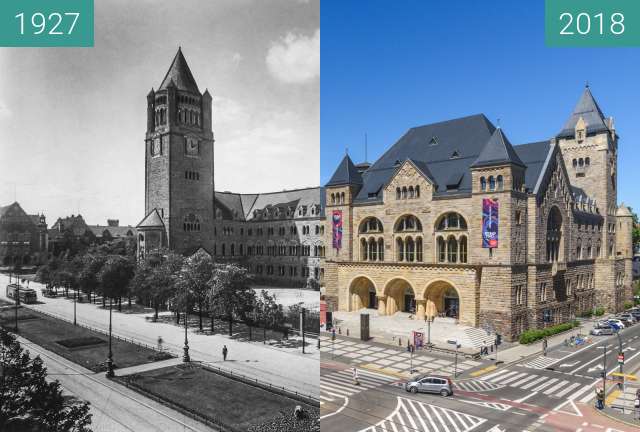
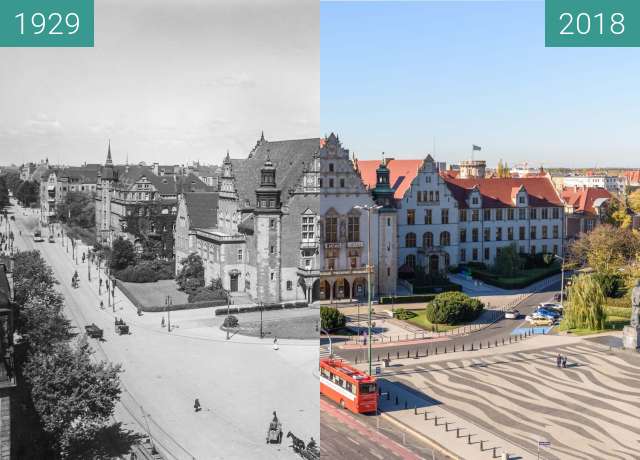
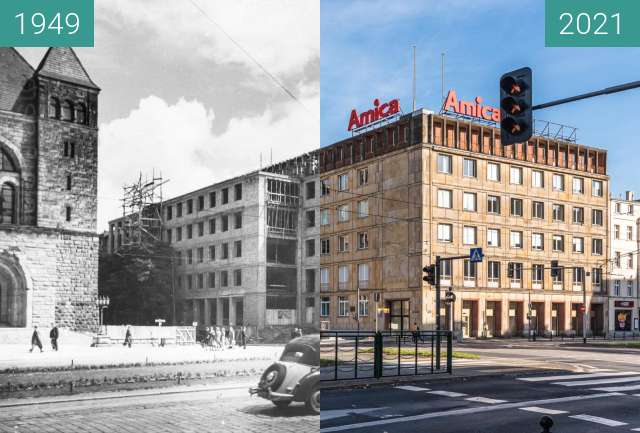
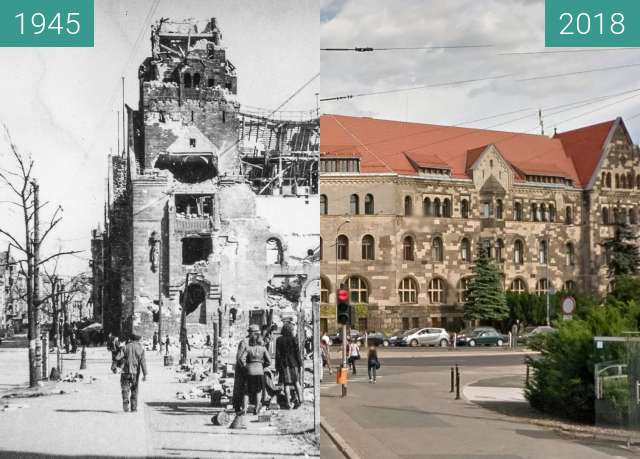

Zamek Cesarski, obecnie Centrum Kultury Zamek.
Zamek Cesarski w Poznaniu (niem. Königliches Residenzschloß, 1910) – najważniejsza budowla Dzielnicy Cesarskiej, powstała dla ostatniego cesarza niemieckiego i króla Prus Wilhelma II. Zamek został zaprojektowany przez Franza Schwechtena, jednak wiele elementów wprowadzono na życzenie Wilhelma II. Cesarz osobiście ustalił szczegółowy plan swojej nowej rezydencji.
Źródło:
https://pl.wikipedia.org/wiki/Zamek_Cesarski_w_Poznaniu
http://poznanmojemiasto.com/tag/intendentura/
Imperial Castle, currently the Zamek Culture Center.
The Imperial Castle in Poznań (German: Königliches Residenzschloß, 1910) - the most important building of the Imperial District, was built for the last German emperor and King of Prussia William II. The castle was designed by Franz Schwechten, but many elements were introduced at the request of William II. The emperor personally established a detailed plan of his new residence.
Source:
https://pl.wikipedia.org/wiki/Zamek_Cesarski_w_Poznaniu
http://poznanmojemiasto.com/tag/intendentura/